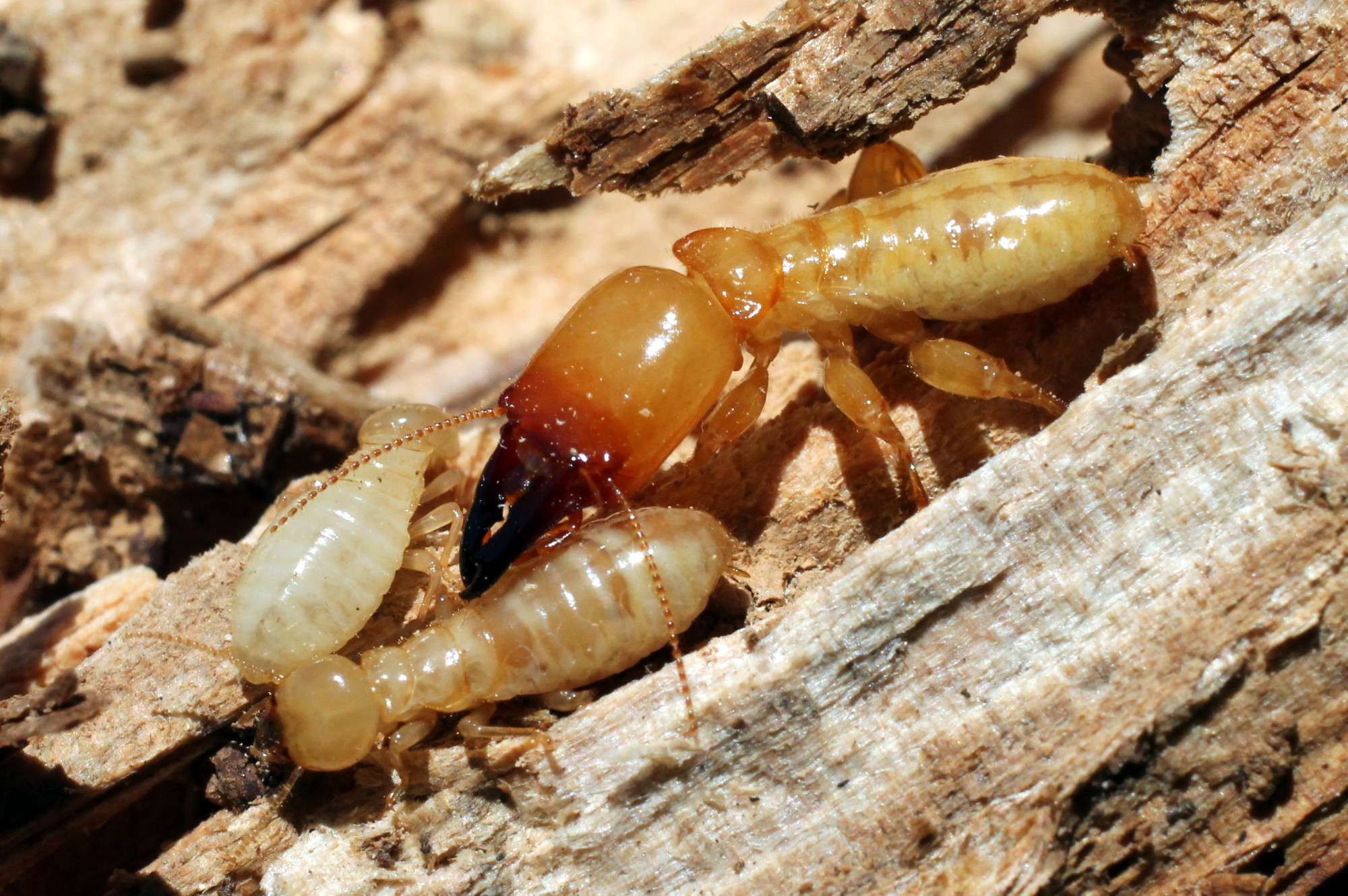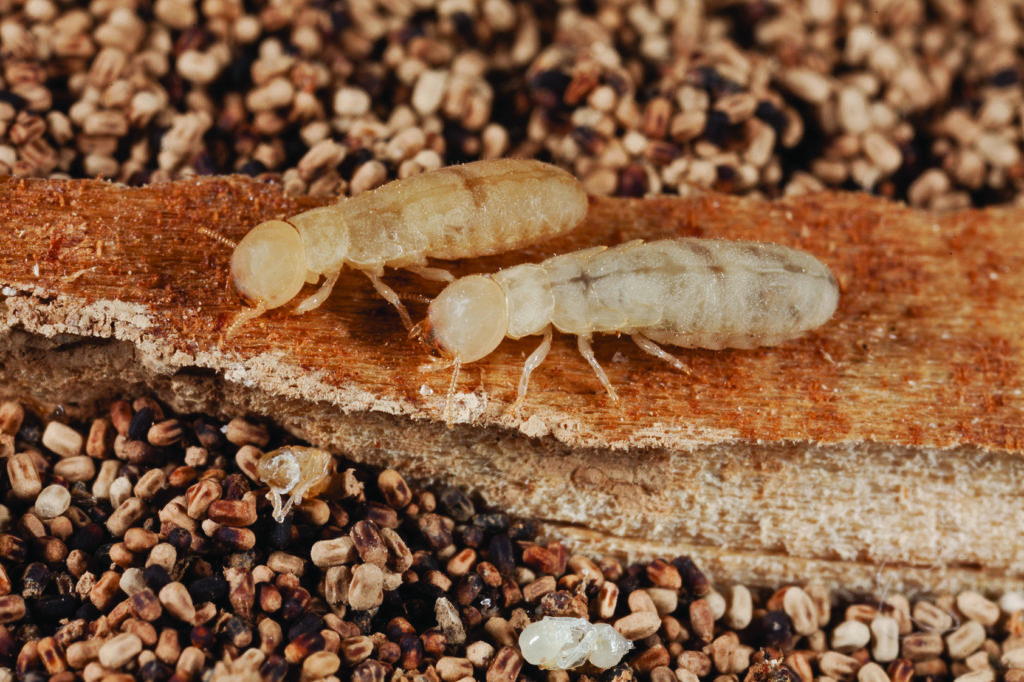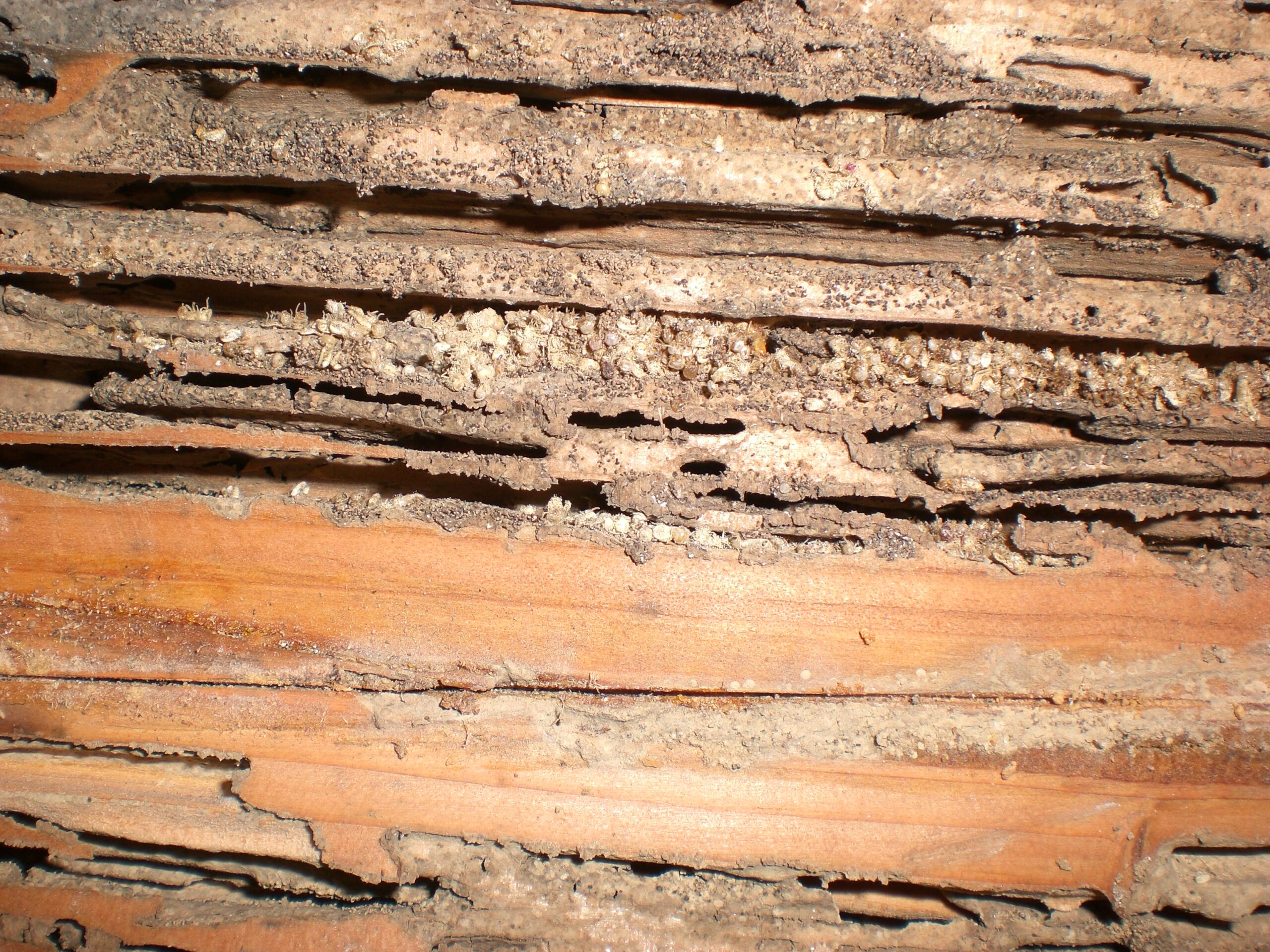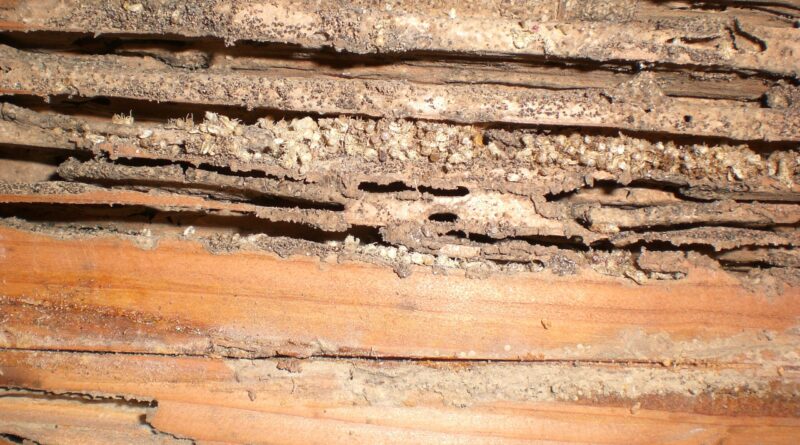Termites, often referred to as ‘white ants,’ are a common issue in Brisbane, QLD, due to its warm and humid climate. These pests can cause significant structural damage to properties if not identified and managed early. Here’s a comprehensive guide on how to identify termites in Brisbane homes.
Understanding Termite Behavioir
Termites thrive in dark, humid environments and are rarely seen outside their colonies. In Brisbane, they are particularly active during the warmer months, but due to the region’s climate, infestations can occur year-round.
Signs of Termite Activity

source: pinterest.com
- Mud Tubes: Termites build protective tunnels from soil and their saliva, which can often be found on exterior walls or foundations. These tubes act as bridges between their colony and food sources.
- Subterranean Tunnels: In Brisbane, subterranean termites are common and create elaborate tunnel systems underground to access food.
- Hollowed Wood: Termites consume wood from the inside out, leaving a thin veneer of timber or paint. When you tap on what you suspect is termite-damaged wood, it may sound hollow or papery due to the burrowing.
- Frass: This is termite droppings, which usually resemble small piles of pepper or wood-colored pellets. They are often found beneath infested wood.
- Discarded Wings: After swarming to start new colonies, termites shed their wings. Finding piles of tiny wings inside your house can be a sign of termite presence.
- Noises and Odors: Termites can be noisy eaters; if you hear soft clicking sounds coming from your walls, it might be termites. A musty or moldy smell can also indicate an infestation.
Specific Termite Species in Brisbane

source: pinterest.com
Several species of termites are found in Brisbane, but the most common is the Coptotermes species. This species is highly destructive and often responsible for the majority of the damage to homes.
Conducting a Termite Inspection
- Visual Inspection: Regularly inspect the perimeter of your home for mud tubes, damaged wood, and excessive moisture.
- Professional Inspections: Because termites can be difficult to detect and assess, it’s recommended to have a professional pest inspector conduct an annual inspection. They have the tools and expertise to identify signs of termites that are not visible to the untrained eye.
Preventative Measures

source: pinterest.com
- Reduce Moisture: Ensure good drainage around your home, fix leaks, and use dehumidifiers to reduce humidity levels.
- Wood Storage: Keep firewood, mulch, and garden debris away from your home’s foundations.
- Garden Maintenance: Regularly trim trees and shrubs to prevent them from touching your house, which can serve as bridges for termites.
- Barrier Treatments: Consider installing physical or chemical termite barriers during construction or as a preventative measure.
- Regular Maintenance: Repair any gaps or cracks in exterior woodwork, and check for signs of decay or damage.
What to Do if You Find Termites
If you identify any signs of termites, it’s crucial not to disturb them and call a professional pest control service immediately for a termite inspection Brisbane. Disturbing termites can cause them to scatter and potentially create new colonies, worsening the problem.
In conclusion, early detection of termites is key to protecting your Brisbane property from these destructive pests. Regular inspections, both DIY and professional, along with preventative measures, can help manage and prevent termite infestations. If termites are found, professional eradication is the most effective course of action to protect your investment.




